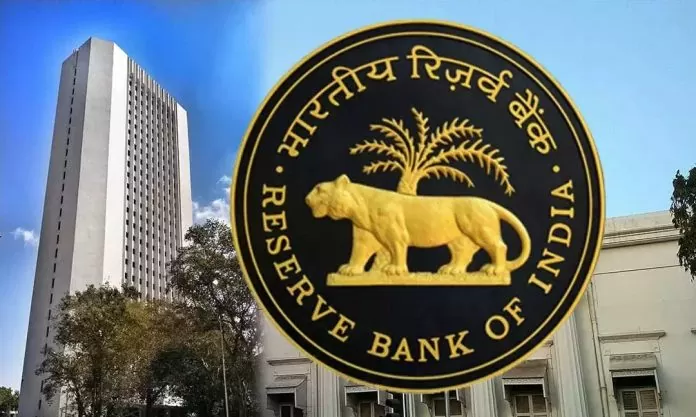Reserve Bank had tightened lending norms by increasing the risk weight in November 2023. After that, the pace of lending by both NBFCs and small-amount loan (microfinance) institutions has slowed down.
The Reserve Bank of India (RBI) has given some relief to non-banking financial companies (NBFCs) and units giving small amounts of loans. Actually, RBI has reduced the risk weight regarding bank finance. With this step, banks will have more money available and they will be able to give more loans. Lower risk weight means that banks will need to set aside less money as security for consumer loans and their lending capacity will increase.
Strictness increased in 2023
The Reserve Bank had tightened the lending norms by increasing the risk weight in November 2023. After that, the pace of lending by both NBFCs and small loan giving (microfinance) institutions has slowed down. In all those cases where the existing risk weight was less than 100 percent as per the external rating of the NBFC, the risk weight on commercial banks’ loans to NBFCs was increased by 25 percent (more than the risk weight associated with the given external rating). Now RBI has decided to restore the risk weight applicable to such loans after review.
The central bank clarified that microfinance loans that are not in the nature of consumer loans and meet certain criteria can be classified under the Regulatory Retail Portfolio (RRP), provided that banks implement appropriate policies and standard operating procedures to ensure eligibility criteria.
What is the decision for rural banks
RBI said that with this, microfinance loans given by Regional Rural Banks (RRBs) and Local Area Banks (LABs) will be subjected to a risk weight of 100 percent. Regarding this, ICRA Senior Vice President cum Group Head (Financial Sector Rating) Anil Gupta said that this is a welcome step in view of the current adverse conditions in this sector. This will provide some relief to the related companies and increase the loan flow.

